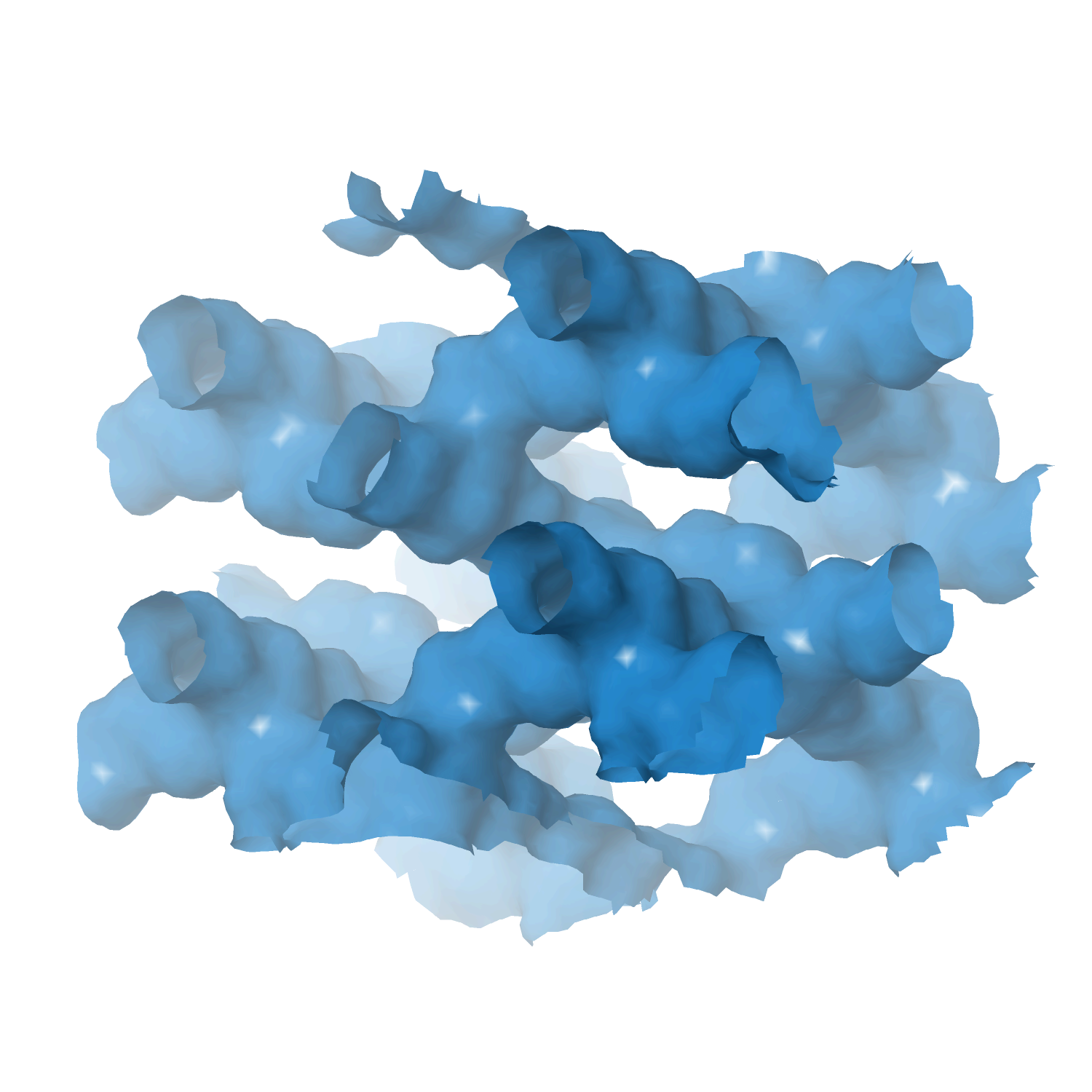Heterogeneous catalyst engineering ⇒ from stable and deactivation resistant to viable technical catalyst
Advances in heterogeneous catalyst “structure” are driven to improve their “function” or performance, i.e., activity, selectivity, and stability. Cooperative research is required to understand the structure and function relationships: developing new synthesis protocols for heterogeneous catalysts with unique surface properties, defined porosity, identification and understanding of catalytically active sites, reaction mechanisms, and finally, prediction and analysis of the processes using various computational tools.
Our group focuses on developing new catalyst formulations using innovative synthesis routes for various important heterogeneous catalysts. That includes thermal, electro, and bio-electro catalysis.
The active phase cannot be used directly in its final application or reactor for various reasons, including poor mechanical resistance, heat or mass transport, and fluidization features. We must mix the active phase with other ingredients in a matrix of binder and filler, while we shape it into a technical catalyst. We investigate new synthetic protocols for technical catalysis using spray drying and fluidized beds to cover the whole range of sizes. At the same time, we incorporate additional (unconventional) ingredients such as SiC to improve some features even further.
- Technical catalyst I ⇒ spray drying and extrusion
- Technical catalyst II ⇒ spray fluidized bed reactor
- Technical catalyst III ⇒ electrospinning
- Zeolite catalysts ⇒ with defined structure/porosity
- Multi-metal (high entropy) alloy catalysts
- MXene catalysts ⇒ single and multi-dimensional
- Perovskite catalysts
- Metal-organic framework (MOFs) catalysts
- Supported metal/metal-oxide catalysts
- Aerogel catalyst
Overcoming the kinetic and deactivation limitations of Ni catalyst by alloying it with Zn for the dry reforming of methane
by
Velisoju, Virpurwala, Yerrayya, Bai, Davaasuren, Hassine, Yao, Lezcano, Kulkarni, Castaño
J. CO2 Util.
Year:
2023
DOI:
https://doi.org/10.1016/j.jcou.2023.102573
Abstract
Stimulated by the capacity of Zn to improve the adoption of CO2 and CH4, we doped a Ni-supported ZrO2 catalyst with Zn to enhance its performance and stability in the dry reforming of methane. We prepared a set of catalysts with different Ni:Zn:Zr proportions and conducted extensive ex situ and in situ characterizations to prove that a Ni–Zn alloy was formed at 750 °C under reductive conditions. Combining a tailored morphology of the alloy nanoparticles, strong metal–support (ZnO–ZrO2) interactions, and additional oxygen vacancies created by Zn inclusion resulted in an enhanced catalyst with 15% higher initial activity and higher stability for over 100 h on stream than Zn-free catalyst. Our experimental and modeling results demonstrated that the catalyst with adjusted Ni:Zn:Zr proportion improves the adsorption and reaction rates of CH4 and CO2 while extending its lifetime through enhanced coke precursor gasification compared to its Zn-free counterpart.
Keywords
CHA
CO2
HCE
